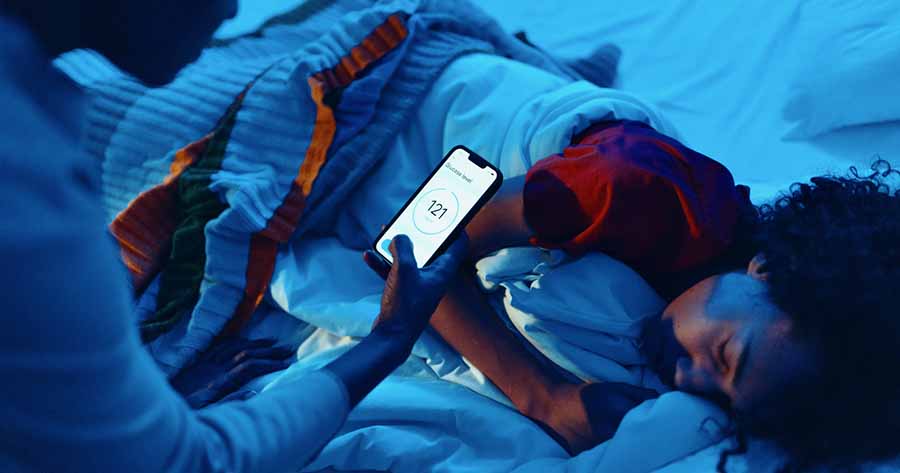Computerised patient self-management assessment tools have shown promise in office-based diabetes education research, and offer the potential benefit of wide translation (Glasgow and Eakin, 2000).
Diabetes Self-Care Profile tool
The authors of this study evaluated the online Diabetes Self-Care Profile (DSCP) tool, which briefly assesses diet, exercise, medication and physical activity behaviours. It also identifies one behaviour selected by the person with diabetes for discussion, documents any practical and psychosocial barriers to optimal diabetes self-management, including attitudes and barriers to insulin therapy, and provides visual feedback on blood glucose control through monitoring of HbA1c levels.
Fifty-eight people with type 2 diabetes were recruited and took part in the intervention. The mean age of participants was 57.2±10.9 years, and 63.8% were female. The mean diabetes duration was 7.0±6.5 years, with 63.6% of all participants having received diabetes education. Oral agents were used by 84.5%, and 22.4% were receiving insulin therapy. Mean baseline HbA1c level was 8.9±1.2% (74±13 mmol/mol).
Participants attended a mean of 3.5±0.8 out of four scheduled intervention sessions over a 6-month period. These sessions were conducted by a certified diabetes educator who used the DSCP summary to guide education sessions.
Research staff entered a set of clinical values needed for the summary report (most recent HbA1c level, current medications and doses) and the participant then completed the DSCP assessment questions prior to the first session (with help from research staff if needed). The one-page DSCP summary generated was used in each session (1 hour for the first session and 30 minutes for subsequent sessions). Each discussion began with the participant’s selected self-care topic, and specifically addressed any self-identified barriers listed in the summary report (including psychosocial issues such as depression, diabetes distress, or fears of progression to insulin therapy). There was no formal protocol for each visit beyond the requirement that the DSCP summary was to be the focus of the visit.
Results
Results showed that HbA1c levels improved by 1.0±1.3% (10.9±14.2 mmol/mol) during the 6-month intervention (P<0.01). Univariate analyses also showed significant improvements in mean values for BMI, self-care behaviours, diabetes distress, diabetes treatment satisfaction, and social support during the intervention (all P<0.01). A final regression model examining mediators of HbA1c change included diabetes self-care, diabetes distress and treatment satisfaction, and explained 40% of HbA1c variance (P=0.0003)
Conclusion
The DSCP evolved from an earlier CD-ROM version the authors had developed. The authors plan to periodically update the DSCP and its associated website and to continue to gather information on its clinical usefulness and cost-effectiveness. For example, they plan to add a blood pressure control “thermometer” on the DSCP summary report to complement HbA1c feedback currently provided.
The authors are currently using the DSCP in a randomised controlled study involving 400 people with poorly controlled type 2 diabetes to evaluate a nurse/dietitian case management team model of care. The DSCP is freely available to any interested clinician or researcher and is accessible online at http://www.dscpsurvey.com for those who wish to explore its use in their own clinical practice.





Developments that will impact your practice.
26 Jun 2025